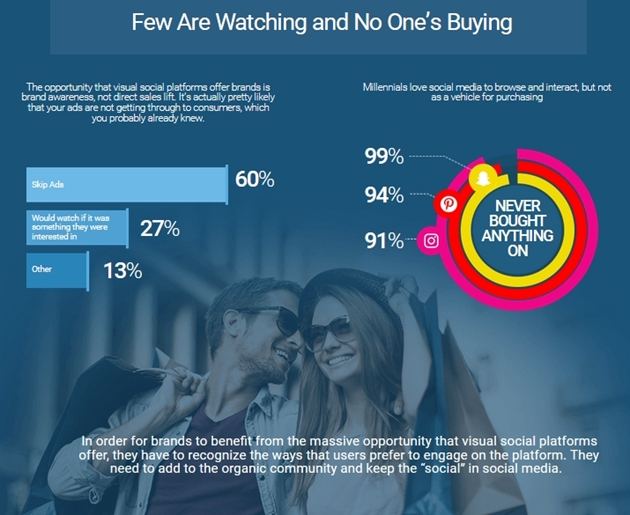Some of this week's headlines: 'Facebook at Work' to launch next month; Snapchat introduces Snap-taking connected glasses, rebrands; LinkedIn launches Learning, gets cozy with new bot; four fatal LinkedIn prospecting errors; warning: Millennials aren't shopping on social media; and much more...
Skim to get the full scoop!
1. 'Facebook at Work' to launch next month
Facebook is set to release Facebook at Work, its enterprise communication and collaboration tool, in the next few weeks according to sources close to Facebook.
The platform will launch to compete with the likes of Slack and Salesforce's Chatter, providing a work-centric News Feed and Messenger platform (complete with audio calling and live video) meant to help colleagues exchange ideas and assume tasks.
The application will be charged on a per-seat, monthly active user basis, meaning brands won't pay unless employees stick to it. Some large brands, including 100,000 employee-strong Royal Bank of Scotland, are already on board for launch.
Will your company consider Facebook at Work?
2. Snapchat introduces Snap-taking connected glasses, rebrands
The social network's jump into hardware came sooner than anyone expected when this past weekend it introduced Spectacles, $130 connected sunglasses that record Snap-length snippets of video. This marks the social network's first foray into hardware.
The sunglasses, with a camera that employs a 115-degree lens and records circular video to better emulate a person's natural field of vision, will be released this fall by the company. And, to prep for a future that expands beyond its flagship mobile app, Snapchat rebranded as Snap, Inc.
Although Snapchat's founder describes Spectacles as a "toy," we're certain he harbors a real hope they'll take off and give investors one more reason to watch the company. Oh snap!
3. Marketers open up post-Facebook video metrics 'scandal'
Facebook's PR team found itself embroiled in controversy last week after a Wall Street Journal report claimed the social titan made a huge error by overestimating the average duration of video viewed metric in its insights.
Marketers, however, have a more measured response, with many saying the misrepresentative metric isn't a huge deal.
Facebook counted video views as anyone who watched a video for only three seconds or more, a measurement definition that could have falsely made the platform look more appealing than others.
However, since advertisers are charged on 10-second views, and because the social network offers third-party verification options from Nielsen and Moat, marketers don't have to worry too much that they were paying for views that didn't really happen. Phew!
4. LinkedIn launches 'Learning,' gets cozy with new bot
Big changes are coming to LinkedIn even before the professional-focused social network is officially taken over by Microsoft later this year.
As TechCrunch reports, LinkedIn "has launched a new site called LinkedIn Learning, an ambitious e-learning portal tailored to individuals, but also catering to businesses looking to keep training their employees." It even seems to be targeting educational institutions that might be considering e-learning courses.
Other new services that make the platform more than a job-searching database will be coming soon. More personalized news feeds, as well as a new online messaging service (bots that can set up meeting between you and your connections included) are part of the new rollout.
5. Facebook pushes polls, peer-to-peer payments on Messenger
Two new features are rolling out to Messenger users in the US on iOS and Android: the first, in-chat polling; the second, an intelligent way to identify and prompt users when they might want to send money via the platform.
Polls, available only in threads with at least three participants, will be particularly handy in larger group chats for decision making.
And the new Chat Assist feature will identify phrases surrounding matters of payment in a conversation (such as "I owe you") and will trigger a link below the phrase for the users to settle the payment via the platform's peer-to-peer payment capability. Creepy? Convenient? You decide.










